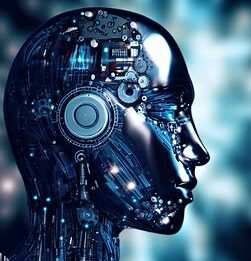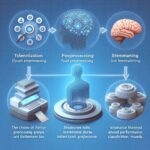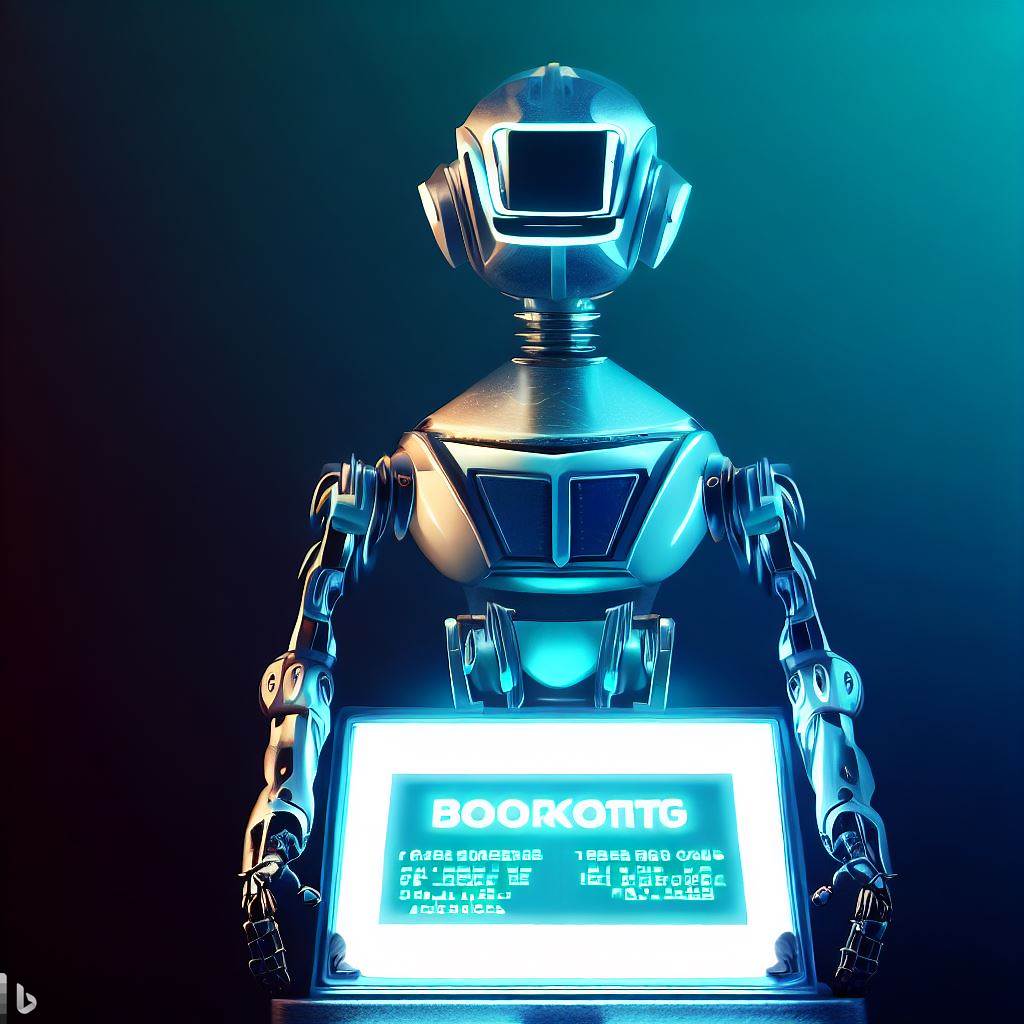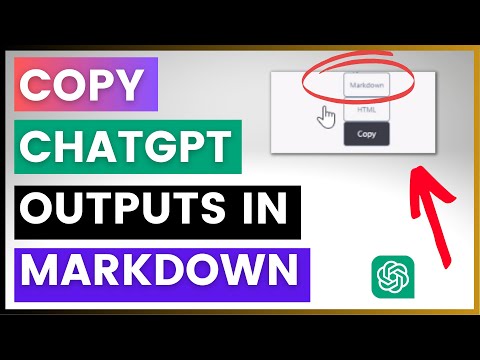Introduction: How OpenAI is revolutionizing language generation
OpenAI is a research institute that aims to create artificial intelligence in a safe and beneficial manner. Language generation is one of the areas that OpenAI is focusing on, and their latest innovation, ChatGPT, is a significant step forward in this field. With the advancement of machine learning, OpenAI is making it possible to create intelligent systems that can understand and generate human-like language.
What is GPT-3 and how does it work?
GPT-3 (Generative Pre-trained Transformer 3) is a language generation model that uses deep learning to generate human-like text. It is a neural network that has been trained on a massive dataset of text, enabling it to understand the nuances of language. GPT-3 can generate text in a variety of styles, including news articles, poetry, and even code.
GPT-3 works by using a transformer architecture, which is a type of neural network that can process sequences of data. It uses a pre-trained model that has been trained on a vast amount of text, allowing it to understand the structure and meaning of language. When given a prompt, GPT-3 generates text by predicting the next word in the sequence based on the context of the prompt.
Here is an example of how GPT-3 can generate text:
import openai
openai.api_key = "YOUR_API_KEY"
prompt = "Write a short story about a robot who learns to love"
response = openai.Completion.create(
engine="davinci",
prompt=prompt,
max_tokens=1024,
n=1,
stop=None,
temperature=0.5,
)
print(response.choices[0].text)The limitations of GPT-3 and the need for improvement
Despite its impressive capabilities, GPT-3 has some limitations. One of the main challenges with GPT-3 is its lack of coherence and consistency in longer texts. It can also generate biased or inappropriate content, as it learns from the data it is trained on, which can be biased or contain offensive language.
Another limitation of GPT-3 is its inability to engage in a conversation. It can generate text based on a prompt, but it cannot respond to follow-up questions or engage in a back-and-forth conversation.
Introducing ChatGPT: OpenAI’s latest innovation
In response to the limitations of GPT-3, OpenAI has developed ChatGPT, a language generation model that can engage in a conversation. ChatGPT is trained on a dataset of conversational data, enabling it to understand the flow of a conversation and respond appropriately.
ChatGPT is built on top of GPT-3, using the same transformer architecture. However, it has been fine-tuned on a dataset of conversational data, enabling it to generate more coherent and consistent responses.
Here is an example of how ChatGPT can engage in a conversation:
import openai
openai.api_key = "YOUR_API_KEY"
def ask_question(prompt):
response = openai.Completion.create(
engine="davinci",
prompt=prompt,
max_tokens=1024,
n=1,
stop=None,
temperature=0.5,
)
return response.choices[0].text
response = ask_question("What is your name?")
print(response)
response = ask_question("How old are you?")
print(response)
response = ask_question("What do you like to do?")
print(response)How ChatGPT differs from GPT-3 in language generation
The main difference between ChatGPT and GPT-3 is their training data. While GPT-3 is trained on a massive dataset of text, ChatGPT is trained on a dataset of conversational data. This enables ChatGPT to understand the flow of a conversation and generate more coherent and consistent responses.
Another difference is that ChatGPT is designed to engage in a conversation, while GPT-3 is designed to generate text based on a prompt. ChatGPT can respond to follow-up questions and engage in a back-and-forth conversation, while GPT-3 cannot.
The advantages of ChatGPT in conversational AI
ChatGPT has several advantages in conversational AI. One of the main advantages is its ability to engage in a conversation, enabling it to provide more personalized and relevant responses. This makes it ideal for customer service and support, where customers expect a human-like interaction.
Another advantage of ChatGPT is its ability to generate more coherent and consistent responses. This makes it more reliable and trustworthy, as it is less likely to generate biased or inappropriate content.
The impact of ChatGPT on customer service and support
ChatGPT has the potential to revolutionize customer service and support. With its ability to engage in a conversation and generate personalized responses, ChatGPT can provide a human-like interaction that can improve customer satisfaction.
ChatGPT can also reduce the workload of customer service representatives, as it can handle simple queries and provide basic information. This can free up the representatives to focus on more complex issues and provide a higher level of service.
ChatGPT’s potential for personalized language generation
ChatGPT has the potential to generate personalized language in a variety of contexts. For example, it can be used to generate personalized emails, chat messages, and social media posts. This can improve engagement and conversion rates, as customers are more likely to respond to personalized content.
ChatGPT can also be used in education to generate personalized feedback for students. It can analyze a student’s work and provide feedback that is tailored to their individual needs, enabling them to improve their skills more quickly.
The challenges of implementing ChatGPT in real-world scenarios
Implementing ChatGPT in real-world scenarios can be challenging. One of the main challenges is ensuring that the responses generated by ChatGPT are accurate and appropriate. This requires careful training and monitoring of the model to ensure that it is generating high-quality responses.
Another challenge is ensuring that ChatGPT is integrated seamlessly into existing systems. This requires expertise in software development and integration to ensure that ChatGPT can work with other software and systems.
How ChatGPT is shaping the future of language generation
ChatGPT is shaping the future of language generation by enabling more human-like interactions between humans and machines. It has the potential to revolutionize customer service and support, education, and other areas where personalized language is important.
ChatGPT is also paving the way for more advanced language generation models that can understand and generate language in more complex contexts. This will enable machines to perform tasks that were previously thought to be the exclusive domain of humans, such as writing news articles, poetry, and even novels.
The ethical implications of language generation technology
As with any technology, language generation has ethical implications. One of the main concerns is the potential for language generation models to generate biased or inappropriate content. This can perpetuate existing biases and stereotypes, and even lead to harmful behavior.
Another concern is the potential for language generation models to be used to deceive or manipulate people. For example, they could be used to generate fake news or propaganda that could influence public opinion.
Conclusion: What’s next for OpenAI and language generation technology?
From GPT-3 to ChatGPT, OpenAI is making significant strides in language generation technology. With ChatGPT, OpenAI is enabling more human-like interactions between humans and machines, paving the way for a future where machines can understand and generate language in more complex contexts.
However, there are still challenges to overcome, such as ensuring that language generation models are accurate and appropriate, and addressing the ethical implications of this technology.
Despite these challenges, the future of language generation technology looks bright, with the potential to revolutionize customer service and support, education, and other areas where personalized language is important. OpenAI is at the forefront of this revolution, and we can expect to see more exciting innovations in this field in the years to come.












